For Jonathan Safran Foer fans and sceptics alike, Here I Am comes as a wonderful gift, a truly painful, honest book which purports to be about a lot of things but is mainly about one thing: the breakdown of a marriage between a whiny, self-obsessed Jewish novelist turned scriptwriter and his blameless wife. Whether or not Foer drew inspiration for the book from the much-publicised breakdown of his own marriage to fellow novelist Nicole Krauss I have absolutely no idea and care less. Like any fully functioning adult, good fiction outgrows its origins.
Or at least it should. A large part of Here I Am concerns itself with the very question of what we owe to the past and to others. As well as being a portrait of a marriage in crisis, the book is also a family saga about the Bloch family, encompassing Jacob’s father Irv, his grandfather Isaac and his son Sam, whose pending bar mitzvah is causing Jacob and his wife Julia terrible anxieties. The Blochs live in Washington, they are wealthy, they are neurotic and they are Jewish, but as if all of these rich seams were not enough, Foer adds another layer of complication with the imagined destruction of the state of Israel and its inevitable consequences. This is a Jewish-American novel with added sprinkles.
Alas, one of the things it rather lacks is sparkle. The book has none — or very few — of the postmodern tricks and devices so memorably deployed by Foer in his earlier novels, Everything is Illuminated (2002) and Extremely Loud and Incredibly Close (2005) — but then again those books were published when Foer was still in his twenties, and which of us hasn’t lost a little sparkle as we’ve grown older? In Here I Am he includes a few transcripts of video games, excerpts from screenplays and such like, but the high jinks seem half-hearted. This is Foer hitting 40. It’s him unplugged, Foer live and direct — hence, presumably, the title, which is also of course the phrase that Abraham says to his son Isaac as he leads him to the place of sacrifice. It’s a statement, a reassurance and a threat that’s not necessarily to be trusted.
There are, fortunately, some flashes and echoes of the book’s illustrious predecessors. Foer has always specialised in depicting gifted, sensitive youths: the tiresome ‘Foer’ character in Everything is Illuminated; the trying, precocious nine-year-old Oskar Schell in Extremely Loud and Incredibly Close. In Here I Am we get two irritating individuals for the price of one: NPR and podcast-loving Jacob is a man-child, obsessed with his own needs and desires, while his son Sam is a child-man, who spends a lot of his time online, experimenting with alternative versions of himself in the shape of a young Latina avatar named Samanta.
Foer has a pretty good stab at depicting Julia, an architect fed up with her self-obsessed husband, but she’s the only female character of any importance in a book which is really all about patriarchs and patriarchy. Not surprisingly, perhaps, the book’s most memorable creation is Tamir, Jacob’s Israeli second cousin, whose ‘homes and cars and girlfriends’ breasts got bigger every visit’. In Washington for Sam’s bar mitzvah, he’s desperate to return home to Israel when disaster strikes. Tamir is a real man, a larger-than-life character compared to his cousin, who has a strong sense of his own inadequacy. ‘I’m smaller than life,’ Jacob complains. It’s an accurate assessment. The book is either a brilliant critique or a depressing symptom of the middle-aged American male struggling to face up to the demands of adulthood.
The post Smaller than life appeared first on The Spectator.
Got something to add? Join the discussion and comment below.
Get 10 issues for just $10
Subscribe to The Spectator Australia today for the next 10 magazine issues, plus full online access, for just $10.
You might disagree with half of it, but you’ll enjoy reading all of it. Try your first month for free, then just $2 a week for the remainder of your first year.

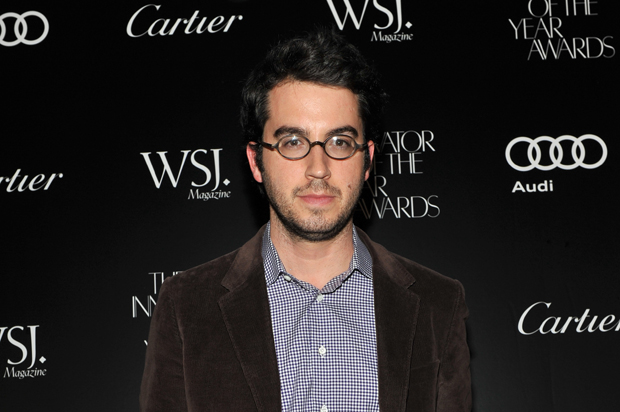
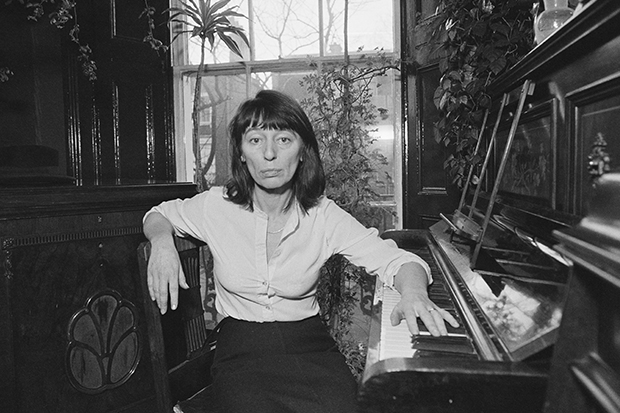
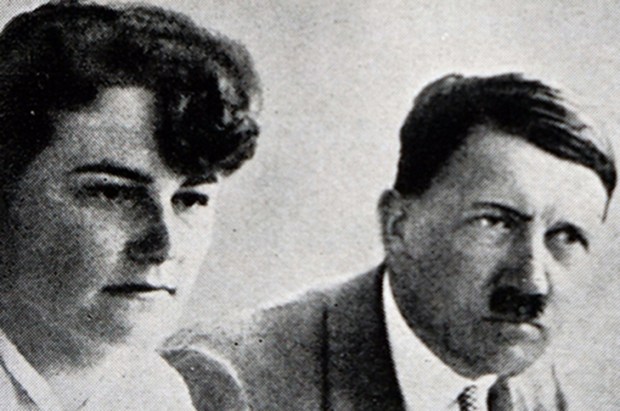
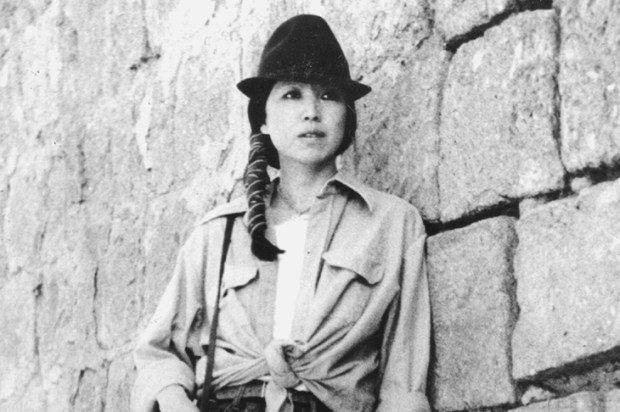
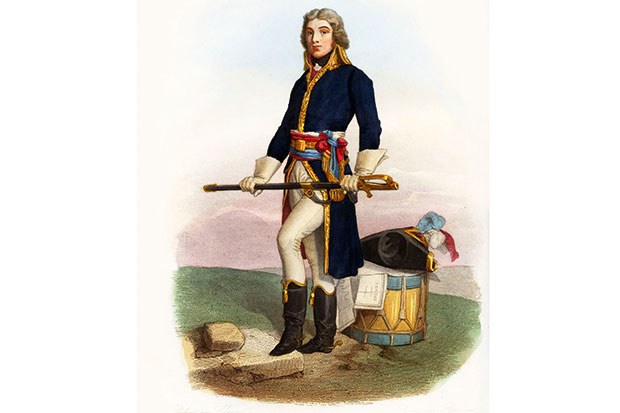

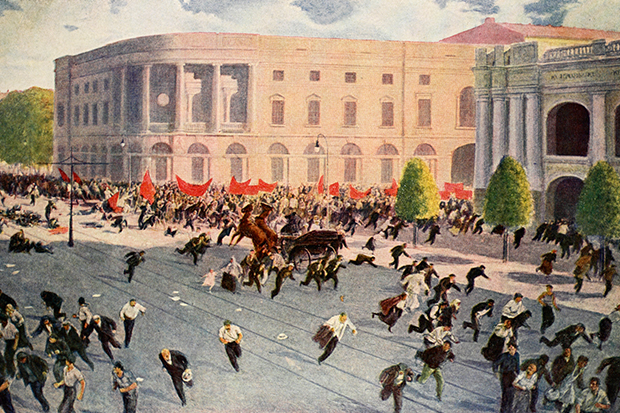






Comments
Don't miss out
Join the conversation with other Spectator Australia readers. Subscribe to leave a comment.
SUBSCRIBEAlready a subscriber? Log in